Secreted in the Zambezi region, on the outskirts of the water-rich channels of Nkasa Rupara National Park, the little museum became visible amidst the marula trees: a 4x4 metre thatch-roofed building commemorating the great explorer and advocate for the abolishment of slavery – David Livingstone.
Most Namibians are unaware that the explorer passed through Namibia on his travels, but Livingstone spent time in the Linyanti area (present-day Sangwali) in the mid-1800s, where he befriended the local Makololo chief, Chief Sebetwane. In his journal he noted: "I have found the Garden of Eden."
Livingstone’s memory has a large presence in east and southern Africa and his name appears in many places in Tanzania, Malawi and Zambia. I had heard about the small Livingstone Museum, but it was only when I recently visited Namushasha River Lodge on the Kwando River that I finally had the chance to pay it and its self-appointed curator, Adolf Waidelich, a visit.
Adolf met us outside and with eyes shining and arms gesturing enthusiastically, related Livingstone’s tale and his own part in keeping the story alive. “He was an extraordinary man,” he told us. Adolf only had praise for the explorer and had battled for months to read his journals, mesmerized by the enormity of the man. His interest in Livingstone had brought him to Namibia to search for the place where Livingstone had stayed. It was while in Mudumu National Park in 2006 that he heard of the small museum and a man called Linus Mukwata, who had built it in memory of the tragic Helmore-Price missionary expedition to Linyanti. The two met up and over the next six years, upgraded the museum and built bridges across the waterways, enabling easy access for visitors.
Like many renowned men throughout history, the lives of explorers are controversial and open for debate. And, at the end of the day, no-one is the wiser as to the person’s true intentions. Although Livingstone’s explorations opened up the continent for Christianity and commerce – and hence, unwittingly, for the "Scramble for Africa", he is distinguished from the other explorers by his humanitarian ideals and peaceful intentions, and by travelling relatively lightly. Posing no threat, he wasn’t regarded as a slave trader or armed enemy and was granted passage throughout the continent. He faced extreme hardship along the way, which deterred those of lesser mettle. He is remembered for respecting Africa and her people, and for opening the world’s eyes to the horrors of the African slave trade.
Born into a poor family in Blantyre, Scotland, in 1813, Livingstone worked at the local cotton mill from the age of ten, fitting in schoolwork afterwards. He convinced his father that science and faith could be combined to help the needy and studied to be both missionary and doctor. His first journey to Africa in 1841 was as a missionary for the London Missionary Society at Kuruman, a mission station established by Robert Moffat. It was there that he met and married Moffat’s oldest daughter Mary, after she nursed him back to health following a lion attack.
In 1849, he explored Lake Ngami with two friends and in 1851 made his way northwards to Linyanti. According to Adolf, he arrived sick, carried on a stretcher by bearers, and stayed for nine months before continuing to Angola, accompanied by 27 Makololo men. He returned to Linyanti four years later to ensure their safe return. Sekeletu, Sebetwane’s son and successor, gave him fresh supplies and 110 men for the expedition. When they reached "Mosi-oa-tunya", the men deserted him, afraid to venture too close to "the smoke that thunders". Livingstone dubbed the spectacular waterfall the "Victoria Falls", as a tribute to his queen. He reached Mozambique in 1856, where he waited for a ship back to England. When he got there, he was hailed as a hero. He used his time to publish a book on his adventures and publicise the horrors of the East African slave trade.
Livingstone resigned from the missionary society in 1857, in favour of exploration, and made his way back to Africa the following year on an expedition funded by the British government to explore the Zambezi River and ascertain its navigability as a highway through the sub-continent. This proved impossible, as Livingstone realised when he reached the Kebrabasa rapids, and went on instead to discover the lakes further north. He lost his wife, Mary, to malaria when she visited him in 1862 and he was recalled to Europe two years later when the expedition was deemed a failure. Adolf related this part of the story with tears in his eyes. “Although Livingstone didn’t think an expedition was any place for a woman, by 1863 he seems to have changed his mind and regretted it, saying 'I have lost my greatest friend.’”
He returned to Africa in 1866 on his third and final expedition, funded by the Royal Geographic Society to explore the watersheds of central Africa, including searching for the enigmatic source of the Nile. Having had little success at communication with the northern hemisphere during this period, he was assumed lost, and the London Daily Telegraph and the New York Herald sent journalist Henry Morton Stanley to find him. This historic reunion in 1871 at Ujiji, on the eastern banks of Lake Tanganyika is well-documented, as are Stanley’s words: “Dr Livingstone, I presume?” Livingstone declined the invitation to return to Britain with Stanley, choosing to remain in his beloved Africa and continue with his work. He lived for another two years, and was only sixty years old when he trekked through the swamps to reach Chitambo’s Village in Ilala (present-day Zambia), his final destination.
It was here that he died from a severe case of dysentery. When Livingstone’s companions found his lifeless body next to his bed, they buried his heart under a mvula tree and bore his embalmed body to the coast to be shipped back to England, an undertaking that took nine months to complete and encompassed a journey of over a thousand miles. They said: “You can have his body, but his heart belongs in Africa!"
We heard the abridged tale and Adolf promised us the full version if we joined him for his two-hour campsite story. He is passionate about the explorer and has called his camp further along the road, "Livingstone’s Camp", in his honour. He says, “I want to keep the story alive and show people the museum so they can travel with a different outlook on Africa. I want them to travel in the spirit of Livingstone.”
I was inspired and had yet to enter the museum to watch Adolf point out his intricate route on the large colourful map that covered one of the walls. The journey of the Price family was also artistically rendered. Their missionary expedition was full of hardship, tragedy and woe, but that is matter for another tale.
As we continued to the National Park, I thought about the explorer who devoted his life to Africa and her people. Livingstone didn’t discover the source of the Nile, but slavery was abolished in his lifetime, a far greater achievement than decades of exploration. Adolf’s heartfelt words remained with me: “Livingstone was probably one of the best friends that the African people have ever had.”
It was with great sadness that I received the news that Adolf passed away last week in Johannesburg. His passionate narration of Livingstone’s story was so much a part of his life, and it forever brought colour to our perception of David Livingstone and the Linyanti area.
Have you ever visited the Livingstone Museum? Share your knowledge in the comment section below.
Author: Mannfred Goldbeck


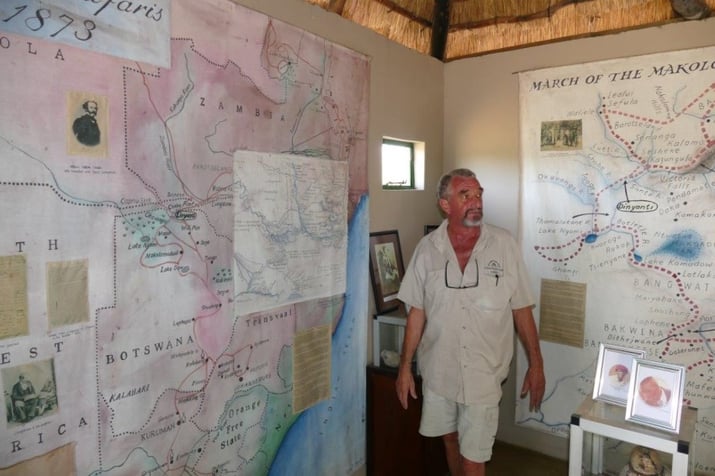

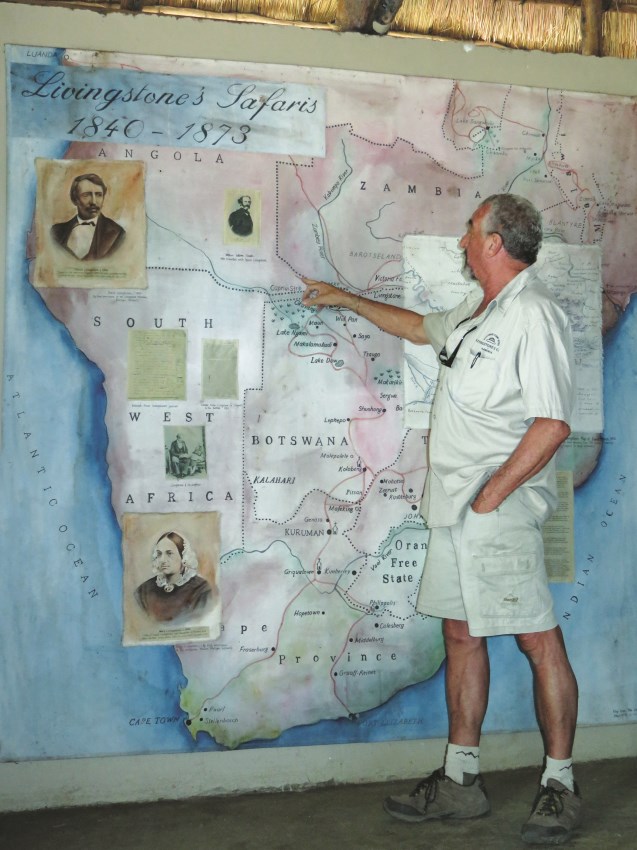
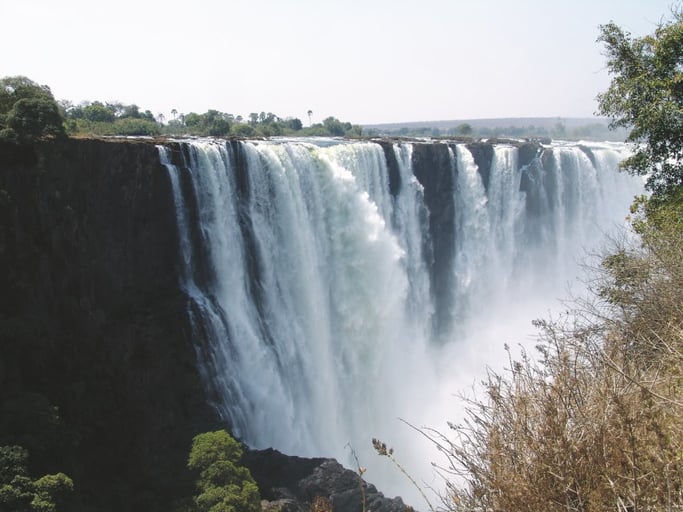
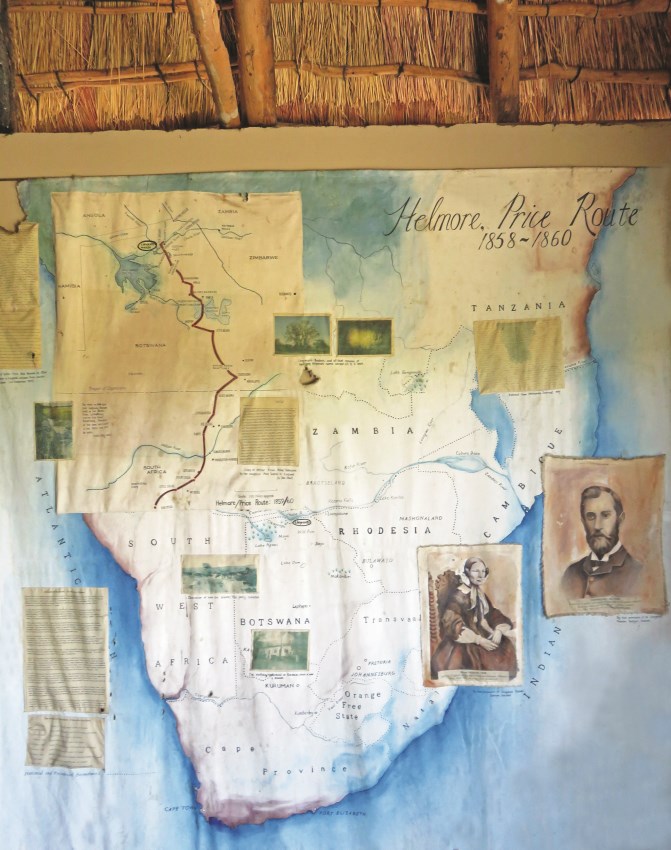
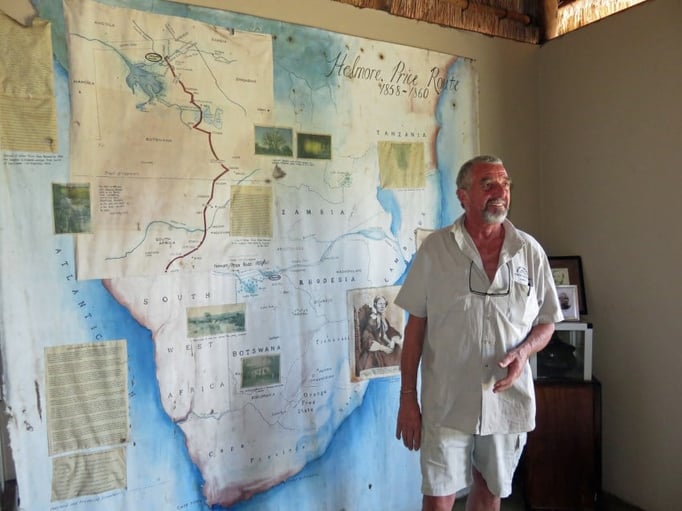
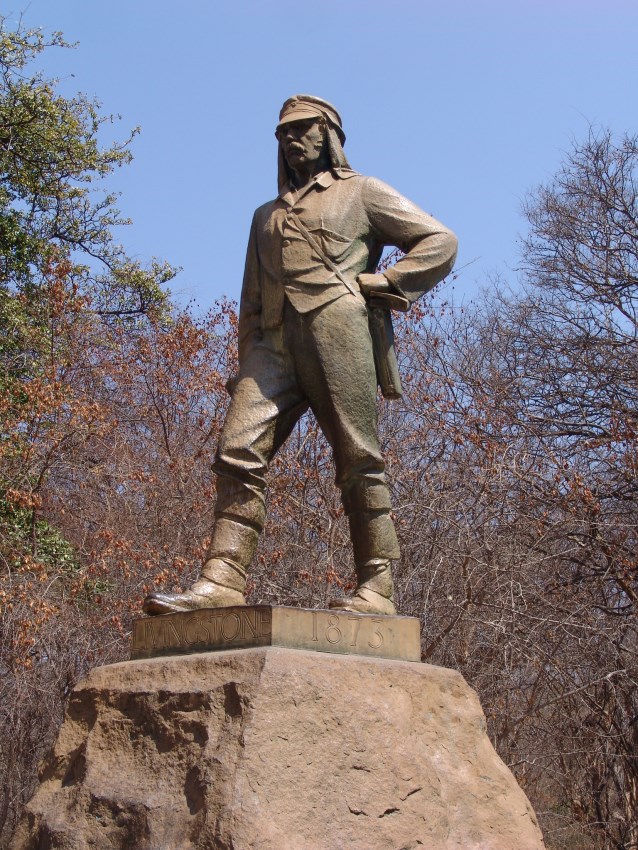
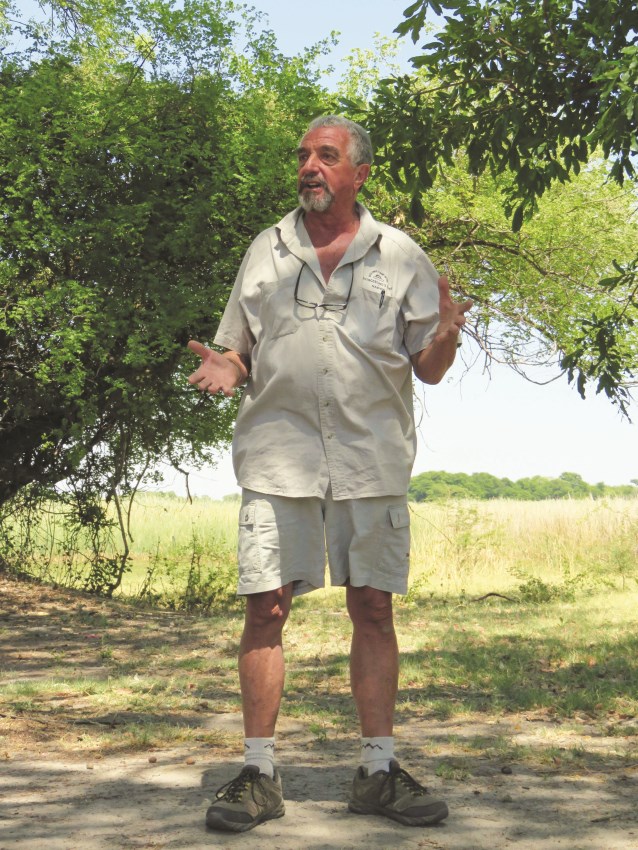
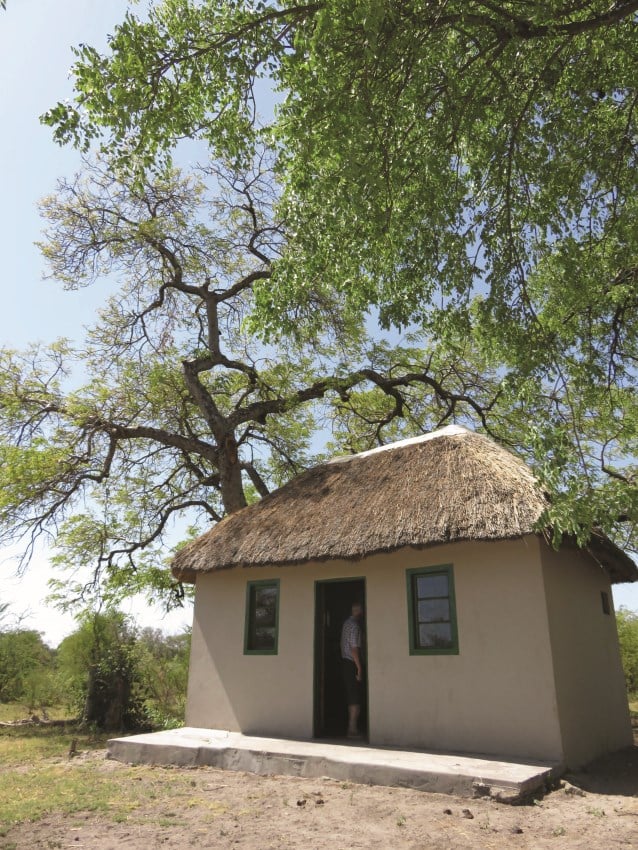
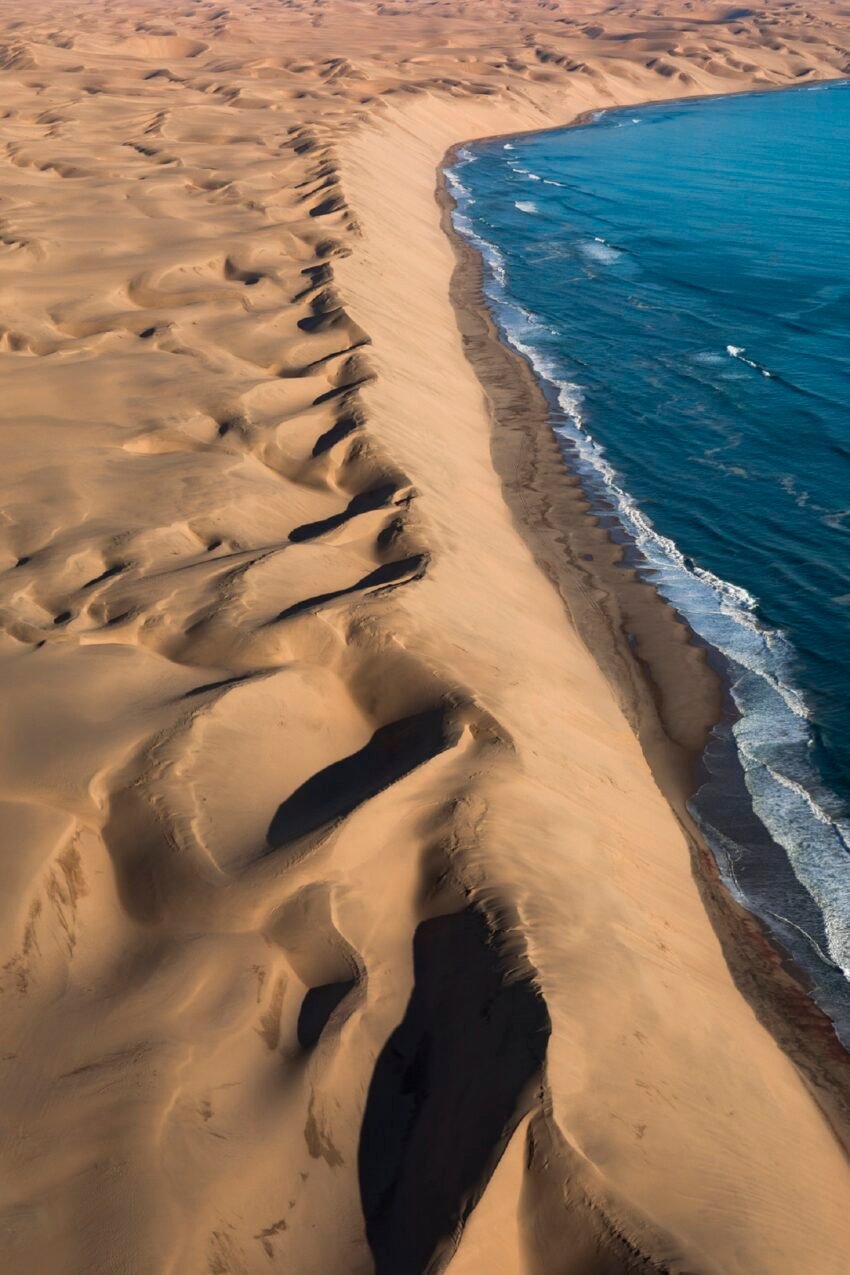
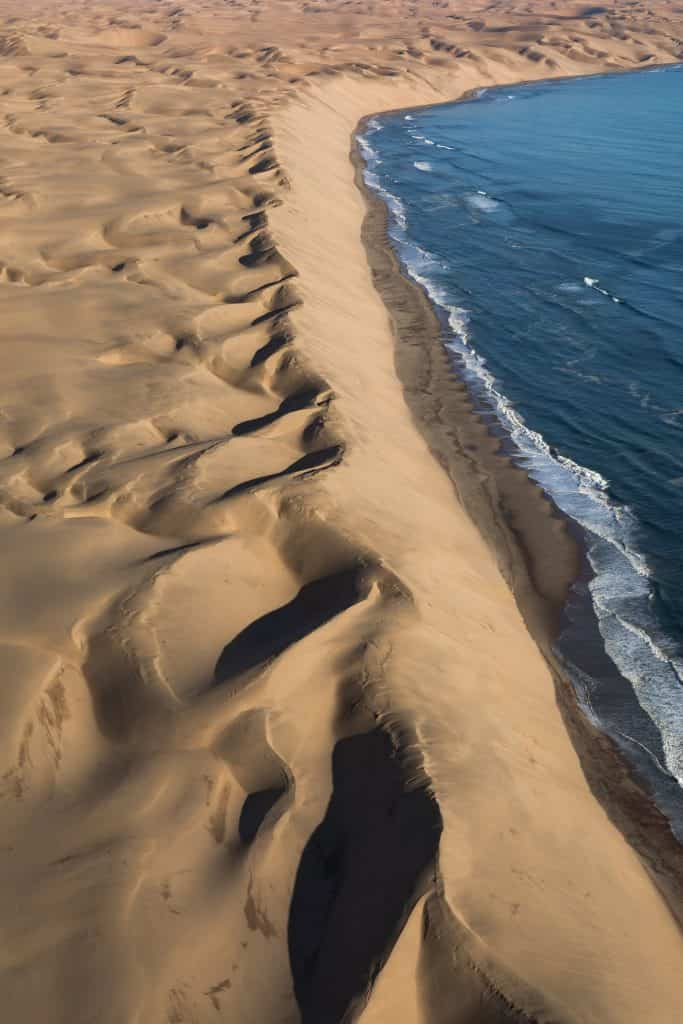
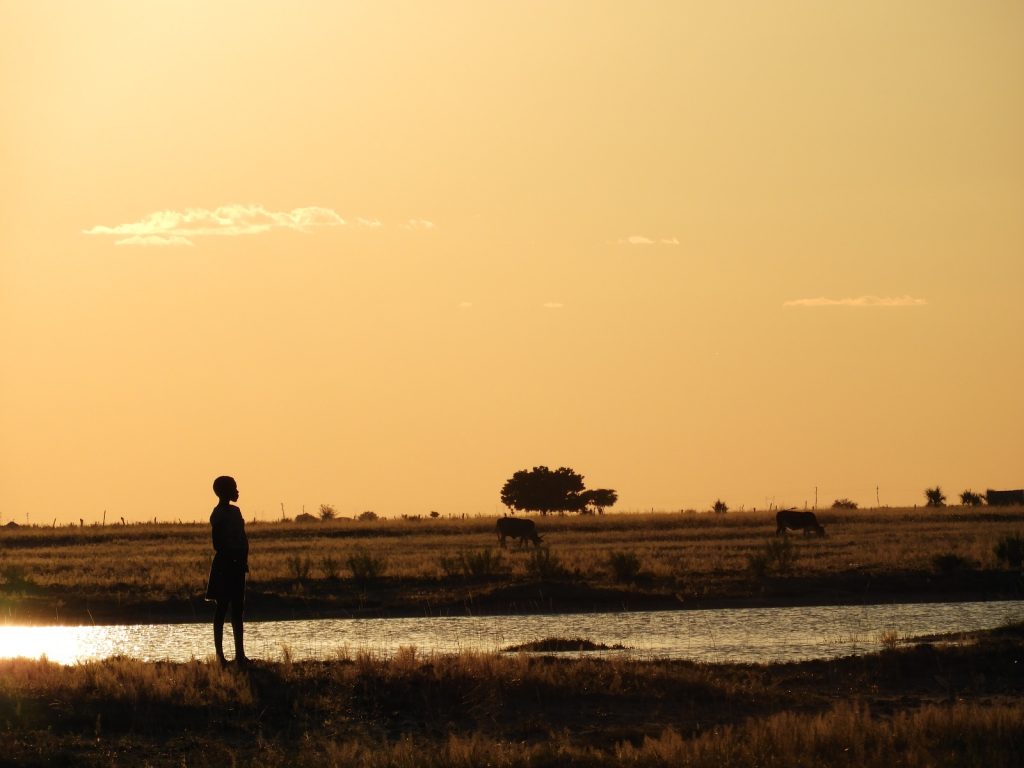

SUBMIT YOUR COMMENT